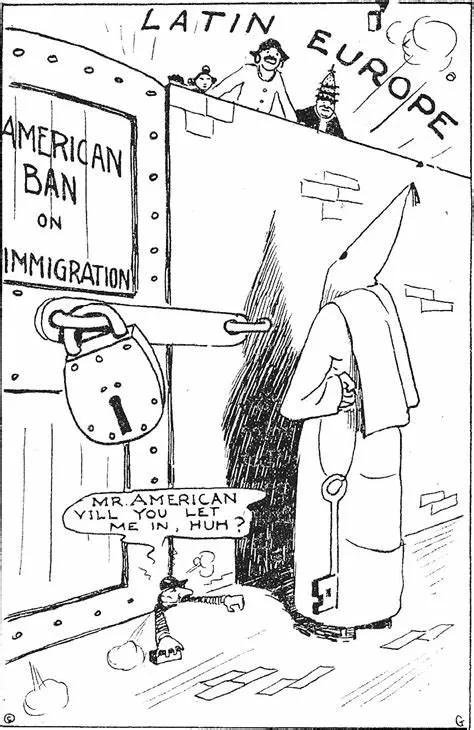I’ve been using chatgpt a lot. Today, I asked it “what does marx mean by quality and quantity and the relation between them”, and it produced a brief essay that clarified things for me.
In Marx’s theory, quality and quantity are closely related concepts that refer to different aspects of a given object or phenomenon. Quantity refers to the measurable, quantitative aspects of a thing, such as its size, weight, or quantity. Quality, on the other hand, refers to the qualitative or intrinsic features of an object, such as its properties, characteristics, or attributes.
According to Marx, quality and quantity are not independent of each other, but rather, they are dialectically related. Marx argued that quantity can transform into quality and vice versa. For example, if a certain quantity of a particular commodity is produced, and this quantity increases to a certain level, it can lead to a qualitative change in the nature of production, such as a shift to a new mode of production.
Similarly, if a qualitative change occurs, it can lead to a change in quantity. For example, if a product is improved in terms of its quality, it can lead to an increase in its quantity demanded, as consumers are willing to pay more for a higher quality product.
In summary, for Marx, the relationship between quality and quantity is a dynamic and dialectical one, where each can lead to a transformation in the other. This idea is central to his theory of historical materialism and his analysis of social change and development.
I’d learned it in college in one way, and then learned it the opposite way in a study group. In college I learned that a change in quality leads to increases in quantity, and that then creates social change. In the group, I was told that a change in the quantity of people (revolutionaries) then leads to a qualitative change in society.
The chatgpt description was that the two are related dialectially, and both are correct. So, I was basically taught the wrong way, twice.
How can both be correct? We have ideas of a “thing”, and these things contain other “things”. Like, toilet paper. We usually deal with rolls and packages, but these rolls are composed of individual sheets of TP. Packages are aggregated into cases. Cases into truckloads. A truckload of TP is qualitatively different from a single roll of TP, because there’s a different quantity of TP. Why? “Just because we can’t think of them the same way.” Maybe a robot or computer program would – but no human being would. You can’t wipe your ass with a cargo container of TP.
(This last thing is called measure, and it basically answers the question of when one quantity of things becomes enough to become another thing. The answer is: “common sense”, more or less. That said, I think that definition is inadequate: I have eaten entire bags of “family size” potato chips by myself, with no family involved.)
I usually follow up any requests like this with a question like “what references do you have for that description?”, and it spits out a short list of texts to read.
The description I provided on Marx’s concept of quality and quantity is based on my knowledge of Marxist theory as a language model trained on a large corpus of text. However, to provide you with additional references, here are some sources that discuss Marx’s concept of quality and quantity in more detail:
- Marx, Karl. Capital, Volume 1. Penguin Classics, 1990.
- Foster, John Bellamy. Marx’s Ecology: Materialism and Nature. Monthly Review Press, 2000.
- Bertell Ollman, Dialectical Investigations. Routledge, 1993.
- Elster, Jon. An Introduction to Karl Marx. Cambridge University Press, 1986.
These sources provide extensive discussions of Marx’s dialectical materialism, including his ideas about quality and quantity and the relationship between them. They also discuss how these ideas relate to Marx’s larger framework of historical materialism and his analysis of social and economic structures.


Leave a Reply